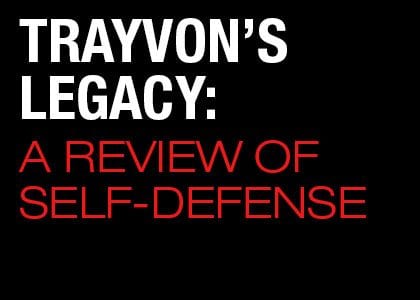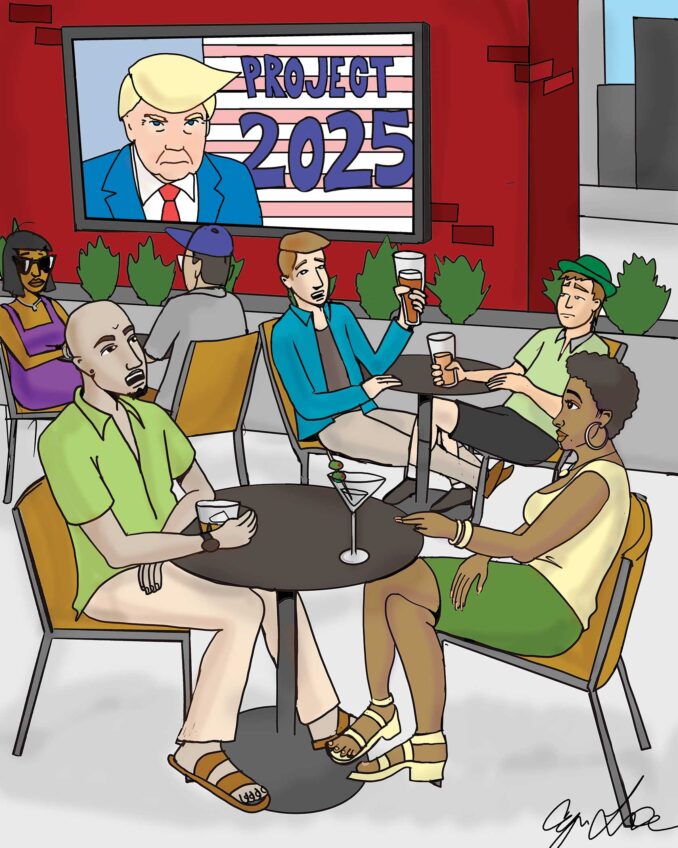

“We will always remember Trayvon Martin”
African Americans across the country are not surprised that George Zimmerman was acquitted. He had conveniently gunned down the only direct witness to his murderous assault, Trayvon Martin. The prosecutor was left with a totally circumstantial case.
Nonetheless, blacks and civil libertarians hoped that since the circumstances of the case were so unusual, this might be the time that a white aggressor would have to pay for killing a black youth. At first blush it seemed like there was little justification for the shooting.
Seventeen-year-old Trayvon Martin was visiting his father, who lived in a gated community in Sanford, Fla. On his way home from a local store, where he bought Skittles and iced tea, Martin was spotted by Zimmerman, a wanna-be police officer who volunteered on the neighborhood watch group.
Believing that the hoodie-clad black youth was up to something nefarious, Zimmerman reported the incident to the local police and gave pursuit. The police advised Zimmerman not to follow Martin, but that advice was ignored. When Martin realized he was being followed he became ill-at-ease and telephoned a friend.
Soon thereafter there was an encounter between Trayvon and Zimmerman that was essentially out of sight of others. Zimmerman suffered a cut nose and some contusions on the back of his head. Travyon was killed with a bullet to the heart. Zimmerman’s story is that he fired when he was in fear of losing his life.
Common sense will tell you that Trayvon would have been the one in fear. He had a right to be in the housing complex, but it was not his home turf. Then an unknown white man began following him. This should have caused considerable concern for a lone 17-year-old teenager. On the other hand, Zimmerman had the comfort of knowing he was armed with a pistol.
In a bizarre presentation of evidence, defense lawyers carted into court a slab of the concrete sidewalk which they asserted was Trayvon’s weapon when he banged Zimmerman’s head against it. Now it seems that a black man standing on the sidewalk in Sanford is considered to be well armed.
Zimmerman claimed he fired in self defense, a perennial defense in Anglo-American law. But there are two conditions that would ordinarily have impaired this defense in many states. First, the defendant must not have provoked the incident, and secondly, there must be no reasonable means of escape.
In some states it is even necessary to flee your home before taking a life. In 2005, Florida became the first state to adopt the so-called “castle doctrine” which provided numerous circumstances in which the defendant need not flee in order to plead self defense. Florida is a “stand your ground” state in which the circumstances are quite extensive.
However, the Zimmerman prosecution was a standard self defense case. It is hard to understand how the jury did not conclude that Zimmerman had provoked the encounter. Certainly Trayvon did not think Zimmerman was from the “welcome wagon.” The law does not permit a defendant to provoke a conflict and then successfully plead self defense after he shoots his antagonist.
Despite assertions of legal commentators to the contrary, the Zimmerman case is not a fine example of American jurisprudence. It is time to review the quick resort to firearms in America, and the questionable nature of self defense.






